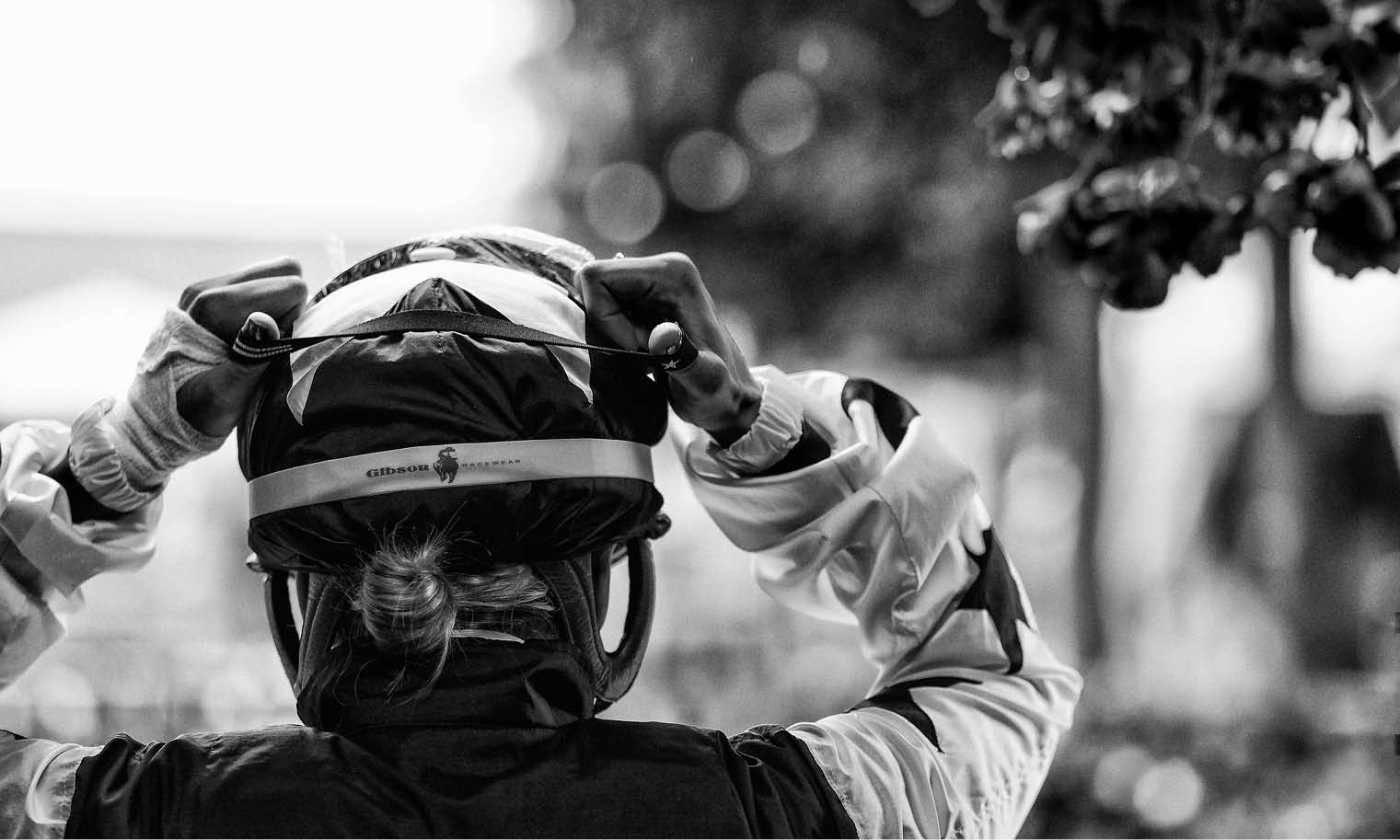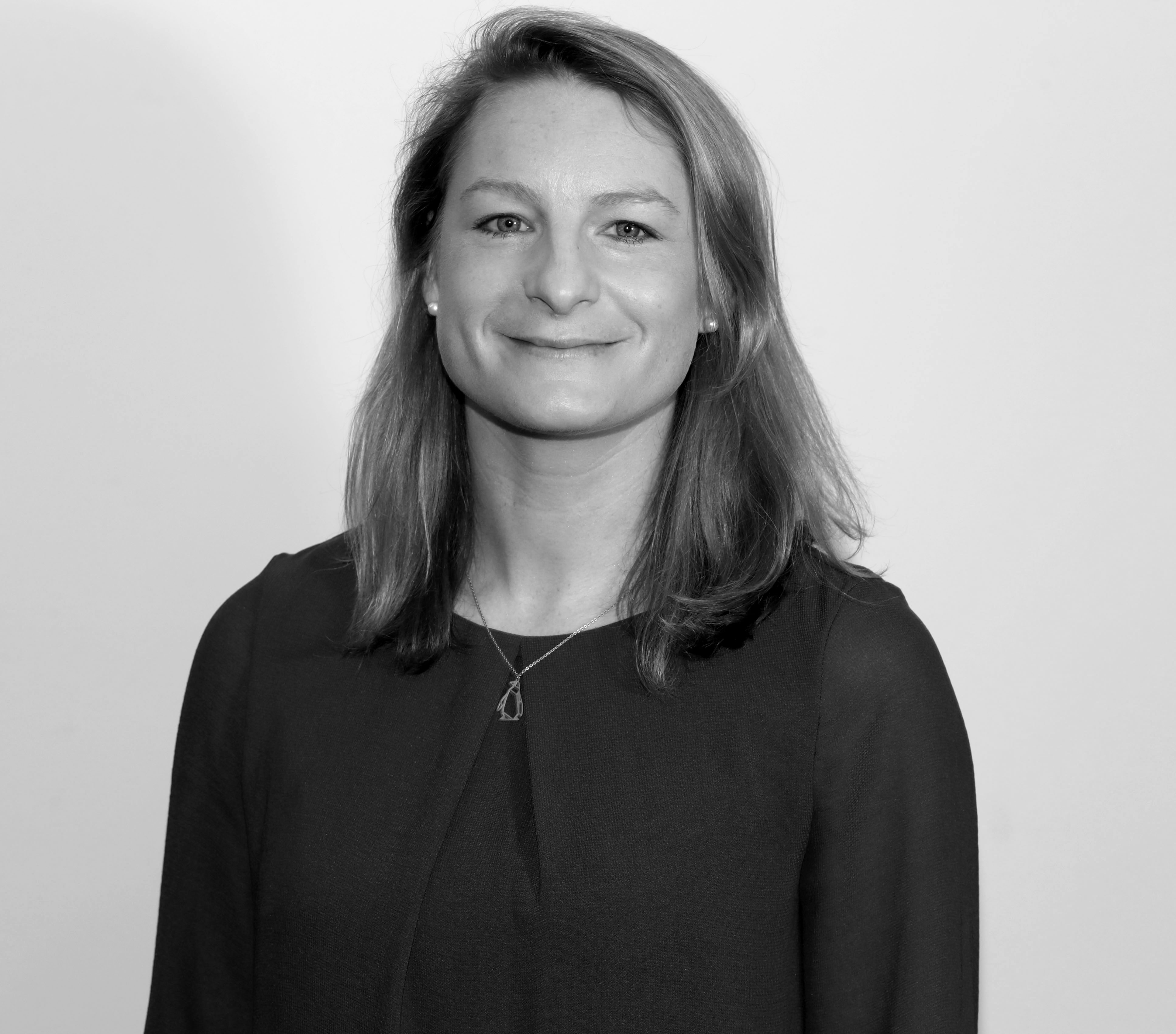
 Female Jump jockeys may be being underestimated by the betting public despite outperforming male jockeys at the 2019 Cheltenham Festival, suggests analysis conducted at the University of Liverpool by PhD student Vanessa Cashmore.
Female Jump jockeys may be being underestimated by the betting public despite outperforming male jockeys at the 2019 Cheltenham Festival, suggests analysis conducted at the University of Liverpool by PhD student Vanessa Cashmore.
Carrying out statistical analysis of over 1.6 million rides covering a 18-year period, the research indicates that a Jumps horse ridden by a female jockey at odds of 9/1 has the same chance of winning as a male ridden horse at odds of 8/1.
The findings are particularly noteworthy in the context of the 2019 Cheltenham Festival, when 14.3% of wins came from female riders despite receiving only 9.2% of the total number of rides available.
This project has been supported by Women in Racing’s bursary fund and the Racing Foundation. The analysis was conducted by Vanessa Cashmore, PhD student at the University of Liverpool and Work Based Learning Manager at the Northern Racing College.
Vanessa Cashmore, author of the research, said:
“This analysis seems to suggest there is a significant difference between the material performance of female Jump jockeys and the public perception of their capability.
“The betting public consistently underestimate these jockeys. This could be an indicator of negative public opinion about the ability of female riders but also ensures there is value to be found in backing horses ridden by female jockeys in Jump races.
“I hope this research can move us another step closer to altering attitudes towards female jockeys and more importantly, driving behavioural change.”
Neil Coster, Director of Studies for the Thoroughbred Horseracing Industries MBA at University of Liverpool Management School, said:
“It is great to see the continuation of this work started as a Thoroughbred Horseracing Industries MBA project. Vanessa has just started her PhD at Liverpool focused on horseracing and it will deliver insightful research on a number of key topics to better inform future decision making. We look forward to Vanessa continuing to share her research and to inspire our future Thoroughbred Horseracing Industries MBA students.”
 Rose Grissell, British Racing’s Head of Diversity and Inclusion, said:
Rose Grissell, British Racing’s Head of Diversity and Inclusion, said:
“It is interesting to understand how the betting public may perceive female Jump jockeys. The progression of female jockeys in both codes has been agreed as a key priority for the Diversity in Racing Steering Group and that includes exploring how we can change both conscious and unconscious attitudes.
“We already know from Vanessa’s previous research in this area published last year that female jockeys are just as capable as their male counterparts.
“We want to look at every stage of a female jockey’s career to see where barriers can be removed or better support can be implemented. Whilst the number of rides going to females is increasing, we still have a long way to go.
“As an example, an audit of female jockey facilities at each racecourse is currently being carried out by female jockeys themselves, so we hope to learn where improvements can be made on the racecourse.”
Tallulah Lewis, Women in Racing Chair, said:
“Women in Racing is delighted to be able to support Vanessa as she continues her ground-breaking research. Riding a racehorse requires a high level of skill and strength which are abilities that can be developed by both sexes, with opportunity being the crucial final component. Vanessa’s research makes clear that if women have the same opportunities as their male counterparts they can compete very successfully as jockeys, just as they can in any other sphere in racing.”
Rob Hezel, Chief Executive of the Racing Foundation, said:
“The Racing Foundation has funded management training, placements on the MBA and is now funding a PhD to help create a training and development pathway in racing that will stretch and support future leaders in the sport. This research is of particular interest as it supports work on diversity and inclusion, a topic that the Foundation has previously supported research in, the results of which were the catalyst for the current industry activity in this area. It is particularly pleasing for the Foundation to see the synergy gained from a variety of projects we have supported coming together to produce insight for future decision making.”
Notes to Editors:
1. Further data
In 2018 female jockeys took 9.5% of all available rides on the Flat and 5.7% of Jump rides, following an upward trend since 2014.
Using the five year period from 2014-2018 inclusive, the data trend-line would predict equality in share of rides in approximately 50 years’ time on the Flat (and in roughly a century in Jump racing).
Cheltenham Festival 2019
Although increasing, female jockeys remain underrepresented at the Festival.
Cheltenham 2019: 452 male rides (90.8%), 46 female rides (9.2%).
(150 different male jockeys and 15 different female jockeys.)
The proportion of wins by female jockeys at the festival exceeded the proportion of rides they received:
Female share of rides = 9.2%
Female share of wins = 14.3%
Female jockeys are underestimated by the betting public
A statistical model based on 588,767 rides in Jump races run between 2001 and 2018, results in the conclusion that female riders are systematically underrated by modern-day betting markets.
Analysis using a standard logit model for this exercise suggests that, when riding a horse who starts at even money, for example, a female rider can be expected to win the race 52% of the time (p<0.05). As the model has been specified over a large number of races, this points to the marginal effect of female riders being significantly different to that of a male on a horse starting at the same exchange odds. It should be noted that it is not appropriate to make inferences on the relative performance of male and female jockeys from these results, only the market’s underestimation of female riders.
No corresponding significant difference was observed within Flat racing.
The use of female jockeys varies widely between trainers.
In 2018, 46% of all trainers did not use a female jockey on any of their runners. Even when filtered to trainers with more than 100 runners, to represent medium and large sized yards, there were still 11.4% who did not use a single female jockey in 2018.
In both Flat and Jump racing the distribution of rides for female jockeys is skewed towards older horses. This skew indicates a reluctance of trainers to use female jockeys on their younger horses and may impact the performance of female jockeys.
Across the entire 18-year study period (2001-2018):
Flat
Female jockeys received 15.7% of all rides available on 12 year old horses but only 3.2% of rides available on 2 year old horses.
Jump
Female jockeys received 11.2% of all rides available on 14 year old horses but only 1.7% of rides available on young Jump horses (3, 4 and 5 year olds).
2. Vanessa Cashmore’s previous research relating to female jockeys can be found here.
3. About the University of Liverpool’s Thoroughbred Horseracing Industries MBA:
The Thoroughbred Horseracing Industries MBA is the only masters-level qualification in the world to be delivered through an exclusive partnership with British Racing. The programme combines the Management School’s expertise in sports business management, with the specialist equine knowledge of the University’s School of Veterinary Science. As an MBA programme it has the real business focus that management positions in modern horseracing demand. This is based on links with key sectors of the industry — from racecourses, horseracing governance and administration, trainers, owners, and breeders, to the gambling industry and the media. The programme supports both those working in the horse racing and associated industries and prospective career-changers, to develop their management and leadership skills. It is delivered through a combination of face-to-face and online teaching, that allows participants to remain in full-time employment.
